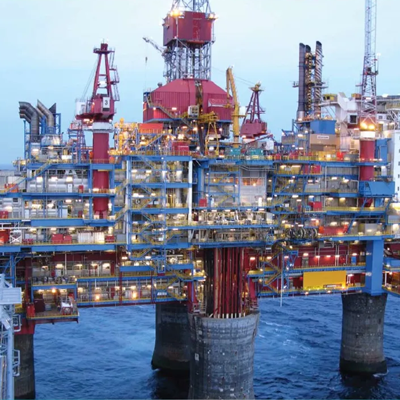Simulated Service Test: The Way To Predict The Expectation Of Thermal Insulation Coatings Based On Liquid Silicone Rubber
Roman Vanecek, Dow
Rising global energy demand is driving oil and gas producers to maximize existing assets and tap the potential of deeper, hotter and more remote reserves. Innovative flow assurance technologies are more critical than ever to help access these valuable resources from more extreme environments, safely and responsibly. Subsea production and tie-back systems must be able to handle higher material temperatures and pressures, as well as meet critical performance specifications for deep water equipment. Innovative technology for subsea systems is critical to avoid issues and failures caused by joint separation, cracking, degradation, hydrostatic crushing and/or improper application. Applicators are seeking resilient, convenient insulation for high pressure, high temperature (HPHT) environments with dependable processing and quality control for the expected two to three decades lifespan of oilfields. Operators now require effective thermal insulation to maintain flow above hydrate formation temperatures to reduce blockages.
While the oil and gas industry is moving “deeper,” the challenges on wet thermal insulation material are increasing. The insulation system needs to withstand the combination of high hydrostatic pressure and extreme thermal gradient over 160°C or more, created by high fluid temperature in the core and cold seawater on the other side of the structure. Wet subsea insulation materials, those exposed to a seawater environment, can be typically represented by polypropylene, epoxy/ phenolic foams, polyurethane and rubber.
Silicone rubber has decades of field history in high temperature automotive uses, exterior glazing and fenestration, and other demanding applications, but is only recently being used for passive thermal insulation coatings on various subsea structures in oil and gas production.

